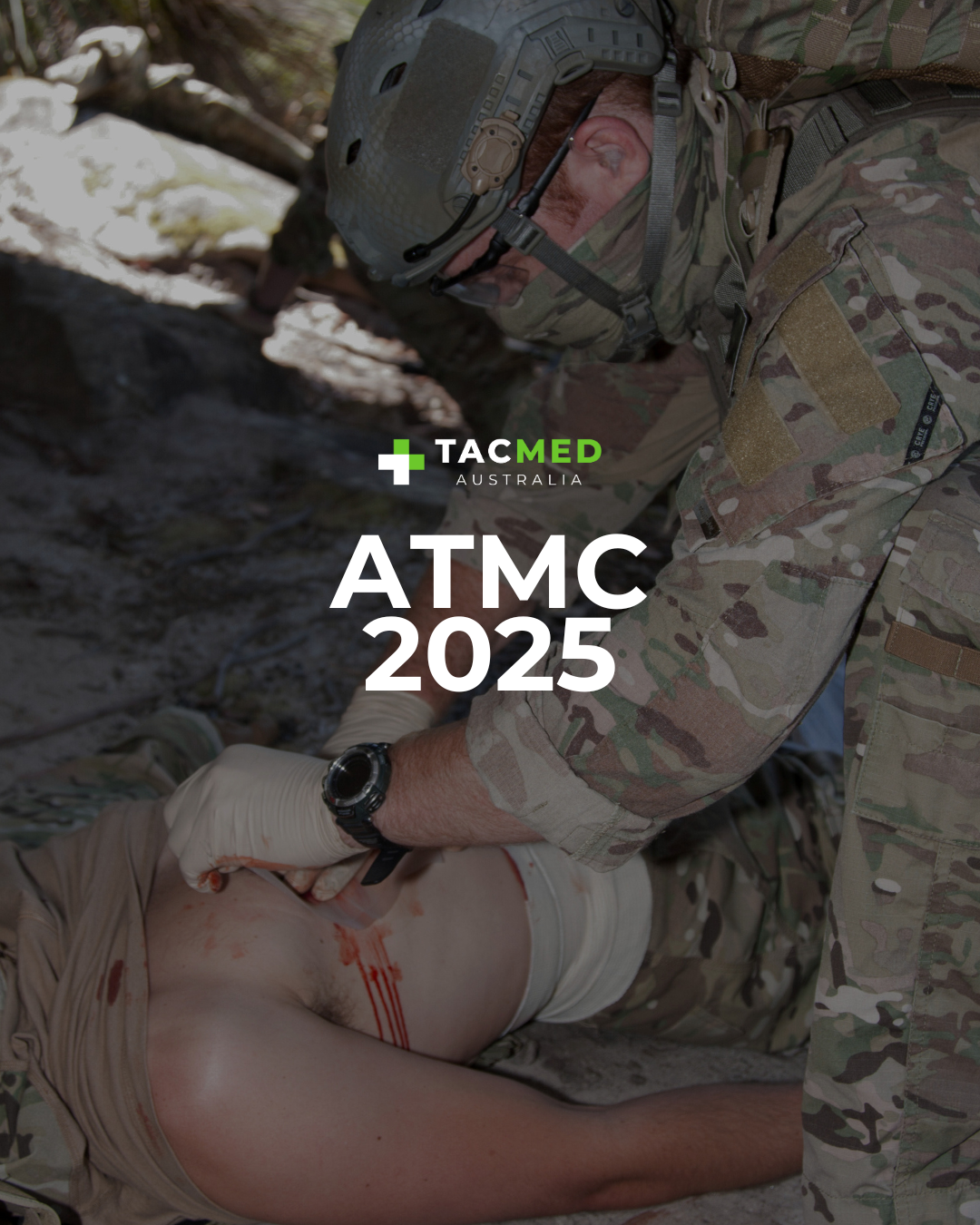Indirect Pressure: A Lifesaving Bridge for Severe Bleeding
The arterial bleed that won't stop with direct pressure. The mass casualty scene where you've run out of tourniquets. These are the moments when indirect pressure could buy you time and help save a life.
What is Indirect Pressure?
Indirect pressure involves applying targeted compression to specific arterial pressure points to temporarily reduce blood flow to areas distal to the injury. Unlike direct pressure applied at the wound site, this technique works by compressing major arteries against underlying bone structures, effectively reducing the volume of blood reaching the bleeding site.
The technique is particularly valuable when:
- Direct pressure alone cannot control severe arterial bleeding
- You're sourcing, preparing or applying a tourniquet
- You are dealing with junctional haemorrhage not amenable to limb tourniquets
- There are multiple casualties requiring triage and temporary haemorrhage control, which you lack supplies for
Primary Pressure Points in Tactical Medicine
Brachial Artery (Upper Extremity Control)
Location: Inside of the upper arm, in the groove between the bicep and triceps muscles, just above the elbow
Technique: Use fingertips or thumb to compress the artery against the humerus
Application: Controls bleeding from forearm, wrist, and hand injuries
Femoral Artery (Lower Extremity Control)
Location: Front centre of the groin crease, where the thigh meets the pelvis
Technique: Position casualty supine, kneel opposite the injured leg, place the heel of your hand on the pressure point and lean forward applying firm pressure. This can also be achieved by the knee-on-the-groin method.
Application: Controls bleeding from thigh and lower leg injuries
Subclavian/Supraclavicular Point (Shoulder and Upper Arm)
Location: Just above the clavicle in the supraclavicular fossa (the hollow just above the collarbone, toward the shoulder)
Technique: Apply firm pressure with your fingertips
Application: Controls proximal upper extremity haemorrhage

Evidence-Based Effectiveness
A 2022 prospective study demonstrated the effectiveness of what they call "manual pressure points technique" by using 38 healthy military medical personnel. Of these participants, 26 received brief training before being tasked with applying pressure to supraclavicular and femoral arterial points during simulated medical scenarios. Success was measured by the cessation of distal pulses, indicating effective blood flow occlusion to the target areas.
Success Rate: "All participants succeeded in achieving distal pulse cessation for both the supraclavicular and femoral points for a full minute"
Speed of Application:
- Supraclavicular point: Median success in 3.0 seconds (range 2-5 seconds)
- Femoral point: Median success in 4.5 seconds (range 3-6 seconds)
Comfort and Practicality:
- Low pain levels reported by subjects (68-84% experienced minimal discomfort)
- Brief training effective - participants achieved success after just a short instructional sessions
- No specialised equipment required

The Bottom Line
Indirect pressure is a valuable, evidence-based technique that can be helpful to buy you time to apply a tourniquet, pack a wound, or secure more definitive haemorrhage control. While it should not replace primary interventions, it serves as an important bridge technique that can temporarily control life-threatening haemorrhage. We recommend that you learn the technique and integrate it into your comprehensive bleeding control toolkit today.
Summary
When direct pressure or a tourniquet isn’t enough—or simply not available—**indirect pressure** becomes a vital bridge in bleeding control. This evidence-backed technique involves compressing key arterial pressure points like the **brachial**, **femoral**, or **supraclavicular** arteries to reduce blood flow downstream of a traumatic injury. It's especially effective in situations involving **junctional haemorrhage**, **multiple casualties**, or **delays in tourniquet application**. A 2022 study showed that even with minimal training, users could successfully halt blood flow within seconds using this method. For first responders and medics, indirect pressure isn’t just a last resort—it’s a lifesaving skill worth mastering.
FAQs
What is indirect pressure in bleeding control?
Indirect pressure is a technique used to temporarily reduce blood flow by compressing major arteries at specific anatomical points. Unlike direct pressure applied at the wound site, indirect pressure targets upstream arteries like the femoral or brachial, buying time to apply tourniquets or pack wounds.
When should you use indirect pressure instead of direct pressure?
Indirect pressure is useful when direct pressure fails to stop severe arterial bleeding, during the preparation or application of a tourniquet, or when treating junctional haemorrhages that cannot be controlled with limb tourniquets. It’s also vital in mass casualty incidents when supplies are limited.
What are the main pressure points used in indirect pressure?
The three primary points are the brachial artery (upper arm), femoral artery (groin), and supraclavicular/subclavian artery (above the collarbone). Each controls blood flow to major parts of the limbs and upper body.
Is indirect pressure effective in real-world scenarios?
Yes. A 2022 study involving military medical personnel showed a 100% success rate in occluding distal pulses using indirect pressure. Most participants achieved this within 3–5 seconds, even with minimal training.
Can anyone learn indirect pressure techniques?
Absolutely. The technique requires only basic instruction and no specialised equipment. It’s a valuable skill for anyone involved in trauma response or emergency care.
Related Products & Resources
- Tourniquets Collection – Combat-tested bleeding control
- Trauma First Aid Kits – Designed for medics & first responders
- TacMed Bleeding Control Training – Hands-on training programs
Stay safe,
Team TacMed
References:
Thompson P, Glassberg E, Alon Y, Bjerkvig CK, Eliassen HS, Radomislensky I, Strandenes G, Talmy T, Almog O. The effectiveness of the manual pressure points technique for hemorrhage control-The 2022 THOR pre-conference meeting experience. Transfusion. 2023 May;63 Suppl 3:S222-S229. doi: 10.1111/trf.17350. Epub 2023 Apr 12. PMID: 37042672. Accessed 27/5/2025: https://pubmed.ncbi.nlm.nih.gov/37042672/






